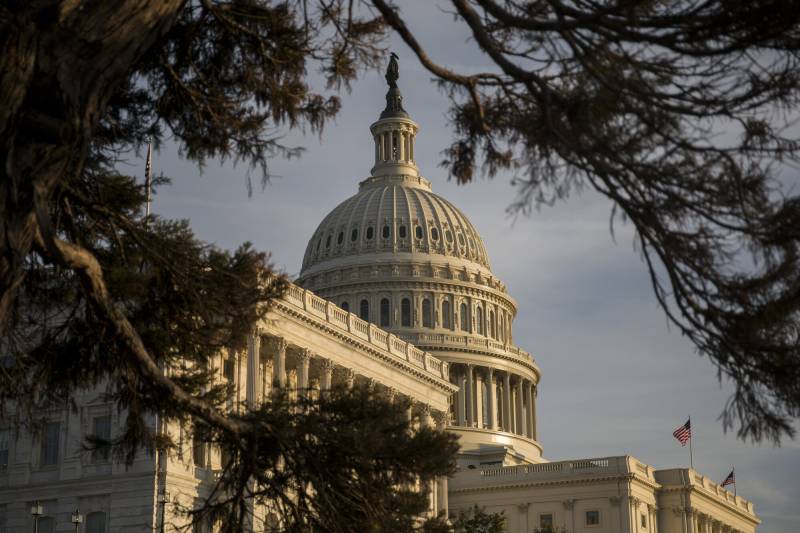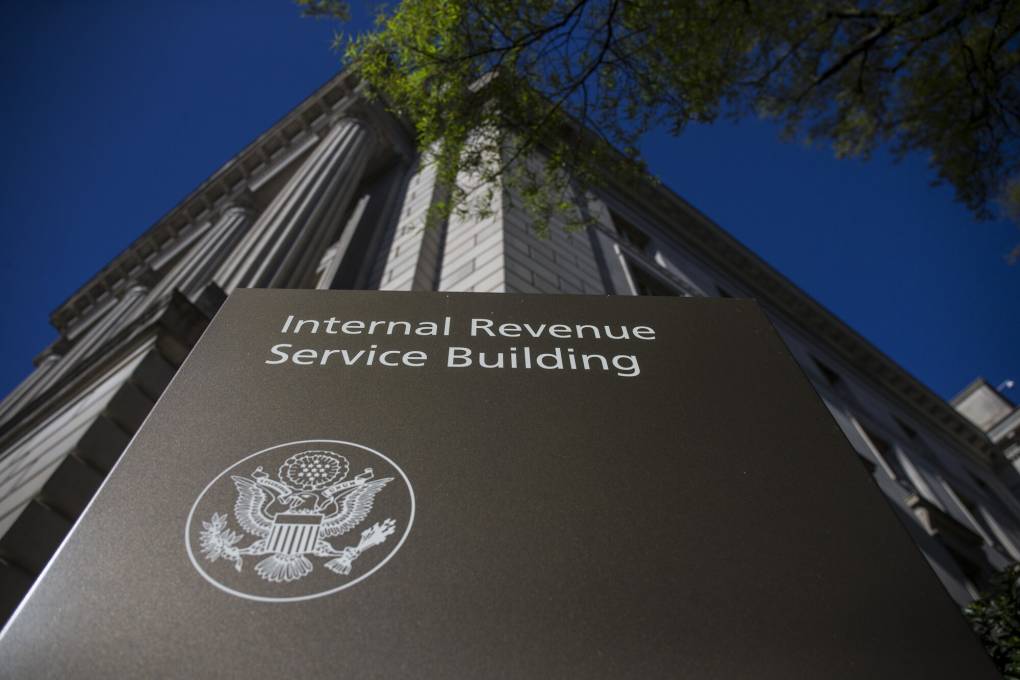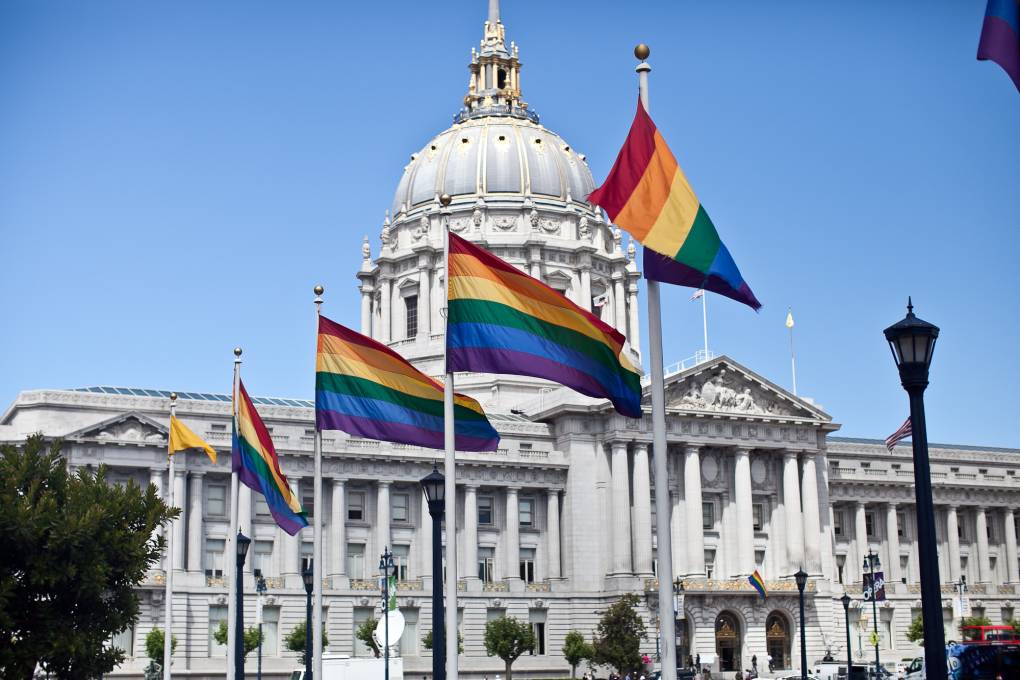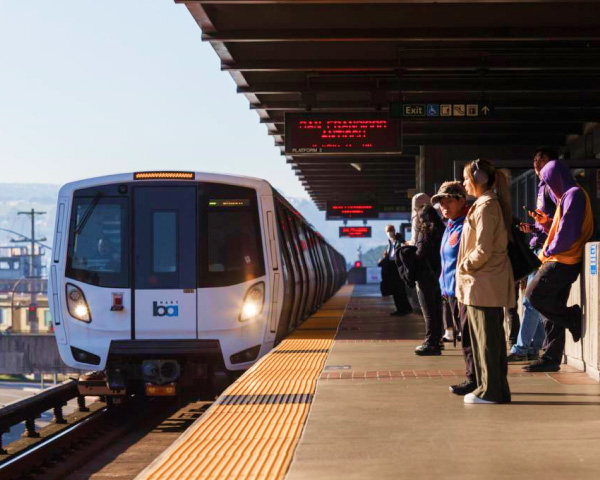Such aid is especially helpful in Northern California, where the average PG&E bill has gone up by 67% since 2020. A March KQED analysis found that residential ratepayers now pay an average of about $300 a month for their combined gas and electric service, up from $179 in 2020.
A program like LIHEAP “basically lowers energy costs for low-income families and gives people breathing room to minimize trade-offs between their energy needs and food, stable housing or medicine,” Trotman said.
The letter notes that the Department of Health and Human Services still has $378 million of LIHEAP funding for the fiscal year, which runs through September, and it is “unclear how or if these funds will be distributed” to states.
According to the state, California has received over $215 million in LIHEAP funding so far this year.
LIHEAP is overseen by the California Department of Community Services and Development (CSD) and is administered by 31 agencies across the state.
CSD said in a statement to KQED that the department is “committed to understanding the implications of the announcement by the U.S. Department of Health and Human Services (HHS) regarding downsizing in the federal office.”
“As of today, we are not experiencing any impacts to LIHEAP’s ability to provide benefits to low-income households. Our priority remains to ensure all Californians continue to receive uninterrupted access to essential LIHEAP services.”
What can you do if you need help with energy bills?
Californians can still apply for LIHEAP online.
Generally, eligibility for LIHEAP is based on your household’s income as follows:
- $3,170.00 monthly income for a household of 1
- $4,145.41 monthly income for a household of 2
- $6,096.25 monthly income for a household of 4.
However, eligibility can be affected by other factors like the source of your household’s income, and CSD recommends applicants reach out to their service providers for more information.



